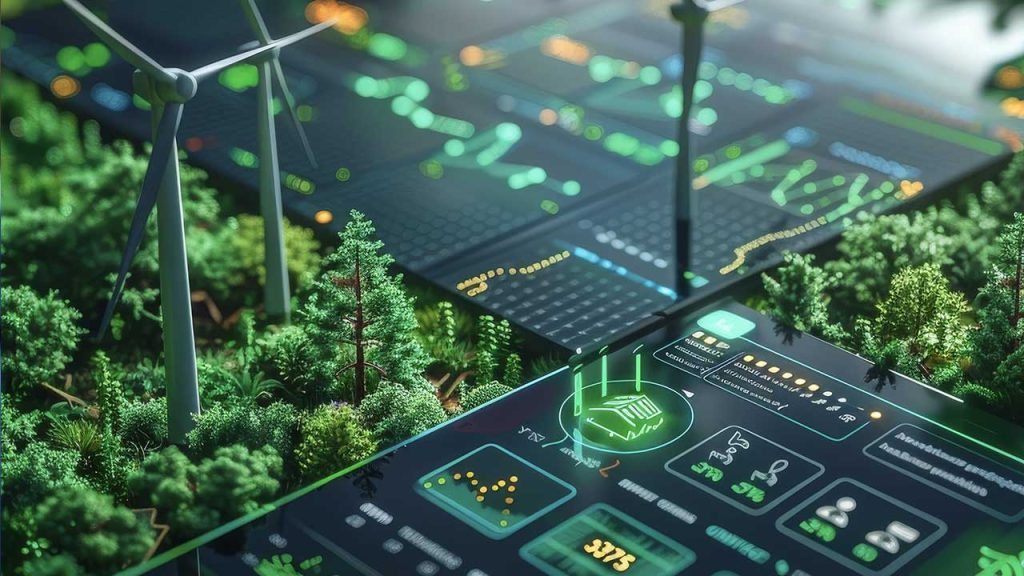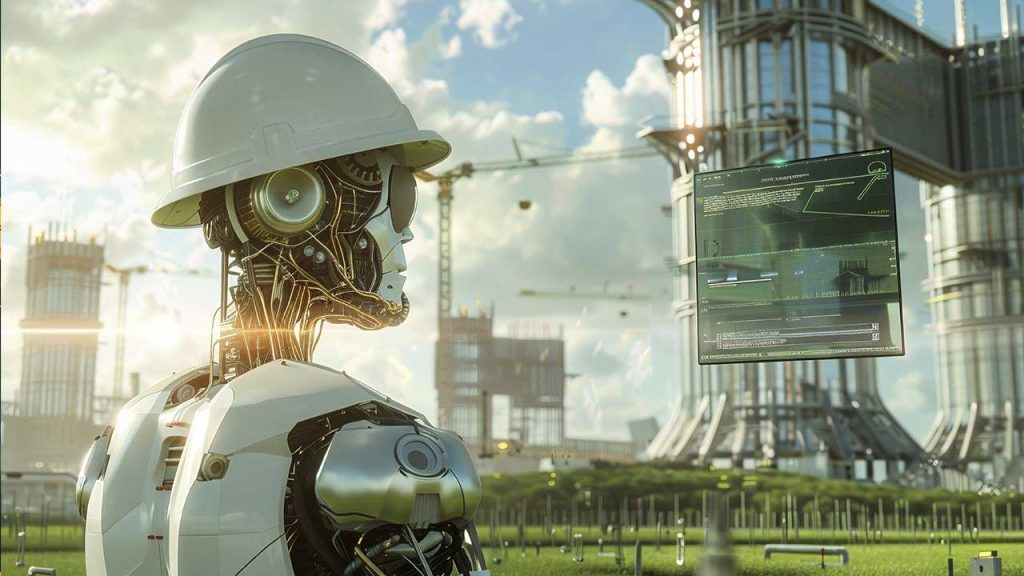The Workforce of the Future: Reimagining Nuclear with Purpose, People, and AI
The nuclear industry is at a pivotal moment. As global energy demand surges—driven by AI, data centers, and the clean energy transition—nuclear power is reclaiming its rightful place as a critical solution. If we’re going to meet this moment, we must address a looming challenge that is as structural as it is strategic: workforce.
This is not a new problem—but it’s never been more urgent. We are not just navigating a skills gap; we are witnessing a structural transformation in what nuclear work even looks like. The future of nuclear power won’t be shaped solely by cutting-edge reactors or AI-driven operations. It will be shaped by people—people empowered to innovate, collaborate, and reimagine a field that desperately needs fresh energy.
The only way to unlock nuclear’s full potential is to modernize how we think about talent. The workforce is not a constraint. It is the infrastructure. And building it requires more than filling vacancies. It demands redefining roles, responsibilities, reimagining recruitment, and redesigning the work itself for the next era of nuclear energy
A Crossroads for Clean Energy
Global electricity consumption is projected to double by 2050. The primary drivers? Rapid electrification, widespread AI adoption, and the explosion of cloud computing and data infrastructure. According to the International Energy Agency, data centers alone could consume as much as 1,000 TWh annually by the end of the decade—more than the entire consumption of Japan.
To meet this demand while staying on course for net-zero emissions, we need abundant, carbon-free baseload power. Solar and wind play their part, but they can’t do it alone. Nuclear provides the energy density, reliability, and scalability the modern world requires. Solving those problems depends on having the right people in the right roles, with the right tools.
The Workforce Bottleneck
The International Atomic Energy Agency (IAEA) estimates the world will need 4 million nuclear professionals by 2050 to support the industry’s growth trajectory. Yet nearly 27% of early-career nuclear professionals exit the field within five years.
This is not just a matter of attracting new talent. It’s a matter of retaining and reskilling the talent we already have.
Many seasoned nuclear workers and experts are aging out. Meanwhile, mid-career professionals—those with the flexibility and experience to adapt—are being pulled into other sectors—tech, data infrastructure, and startups that promise speed, agility, and opportunity. One recruiter aptly described the challenge as the “missing middle”—a gap in experienced, adaptable professionals who can bridge nuclear legacy and its modern potential.
This isn’t merely a talent pipeline issue. It’s a cultural and operational one. The nuclear industry must evolve to compete not just for engineers and scientists, but for the imagination and ambition of the next generation of problem-solvers.
Redefining Roles Through AI
Enter artificial intelligence—not as a replacement, but as a reinvention tool. AI-driven platforms simplify nuclear operations, automate repetitive tasks, and elevate workers into strategic, higher-value problem-solving and decision-making roles. From streamlining documentation and maintenance logs to predictive diagnostics and digital twin modeling, AI is enabling a shift from manual, time-intensive work to real-time, insight-driven problem-solving.AI won’t replace nuclear workers. But nuclear workers who use AI will redefine the field.
This transformation isn’t just increasing efficiency. It’s reshaping the very nature of nuclear work.
Making Nuclear Work, Work for People
At the heart of this evolution is a shared belief: people are the infrastructure. Without the right teams, even the most elegant solutions stay on whiteboards, and advanced technologies can’t deliver. Nuclear leaders need to be committed to both solving technical problems and making careers in nuclear more engaging, flexible and fulfilling—investing in education, storytelling, policy engagement, and workforce design.
If we don’t make this field one where people see themselves growing—not just grinding—we’ll lose them to sectors moving faster.
Because the workforce of the future isn’t just about filling positions—it’s about positioning people to solve the world’s biggest problems. We need to make nuclear careers not just viable, but vibrant. That means clear advancement paths, flexible roles, diverse teams, and mission-driven cultures that inspire people to stay—and lead.
The Bottom Line: We’re Empowering the Workforce, Not Replacing It
The future of nuclear power depends as much on people as on technology. This is where AI becomes a force multiplier—it bridges the gap between generations by codifying institutional knowledge and making it accessible to new entrants, and it fosters retention by giving professionals more time to do the work they care about—this is what the future of nuclear energy can deliver.
We need bold designs, flexible tools, inclusive pipelines, and a new narrative—one where nuclear is the proving ground for what’s next.
We believe that narrative is already being written—in AI labs and control rooms, in college classrooms and startup incubators, in boreholes and browser tabs. It’s being written by people who see the opportunity not just to power the planet, but to rebuild the world’s most important workforce from the ground up.
The workforce of the future isn’t just coming. It’s already here.
About the author
 This article was written by Phil Zeringue, Chief Revenue Officer at Nuclearn, where he leads commercial strategy, growth, and customer success. A 2020 NEI TIP Award recipient, Phil brings 20+ years of nuclear leadership experience, driving performance transformation and aligning AI adoption with operational excellence and measurable results across the industry.
This article was written by Phil Zeringue, Chief Revenue Officer at Nuclearn, where he leads commercial strategy, growth, and customer success. A 2020 NEI TIP Award recipient, Phil brings 20+ years of nuclear leadership experience, driving performance transformation and aligning AI adoption with operational excellence and measurable results across the industry.



